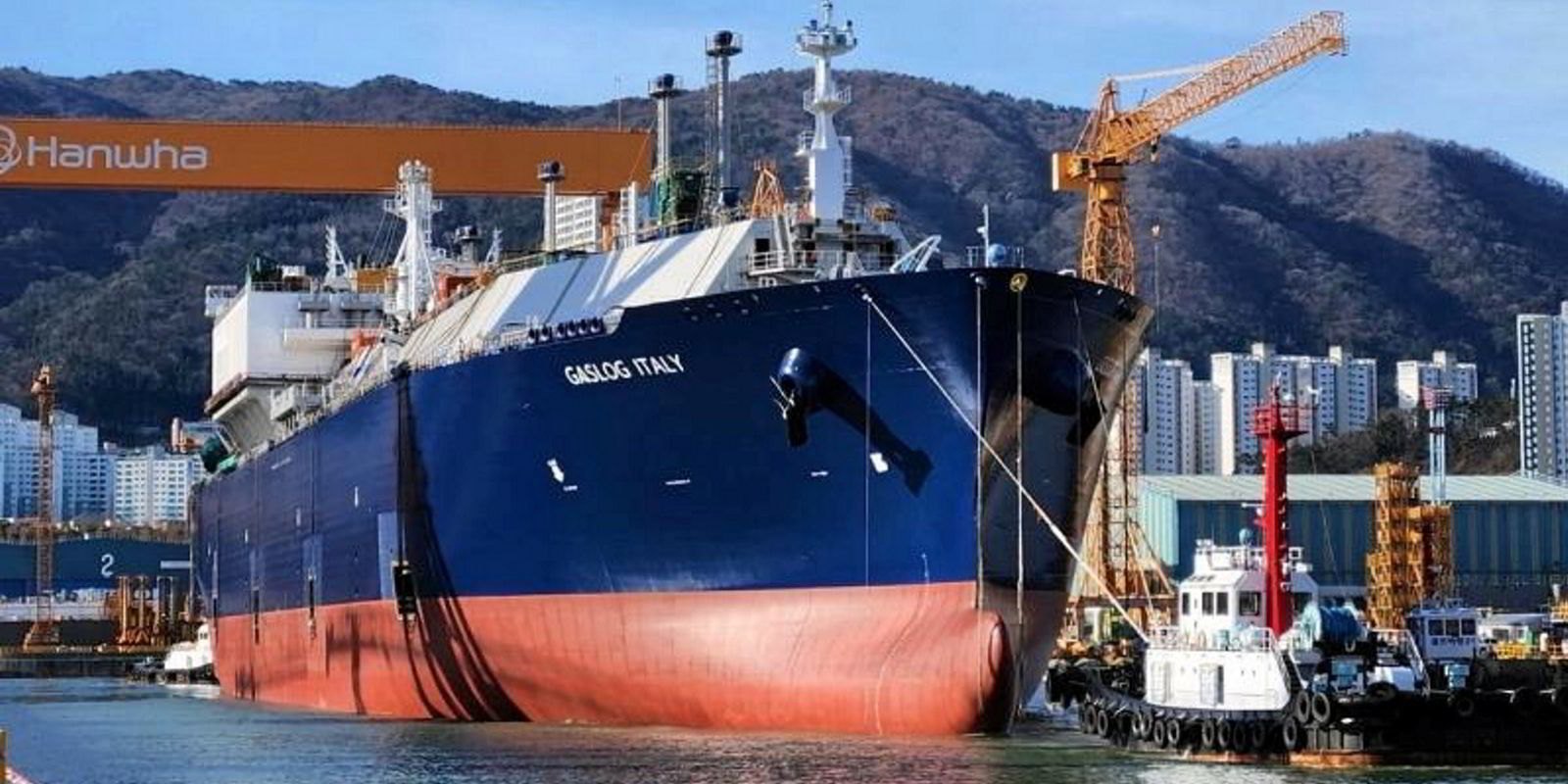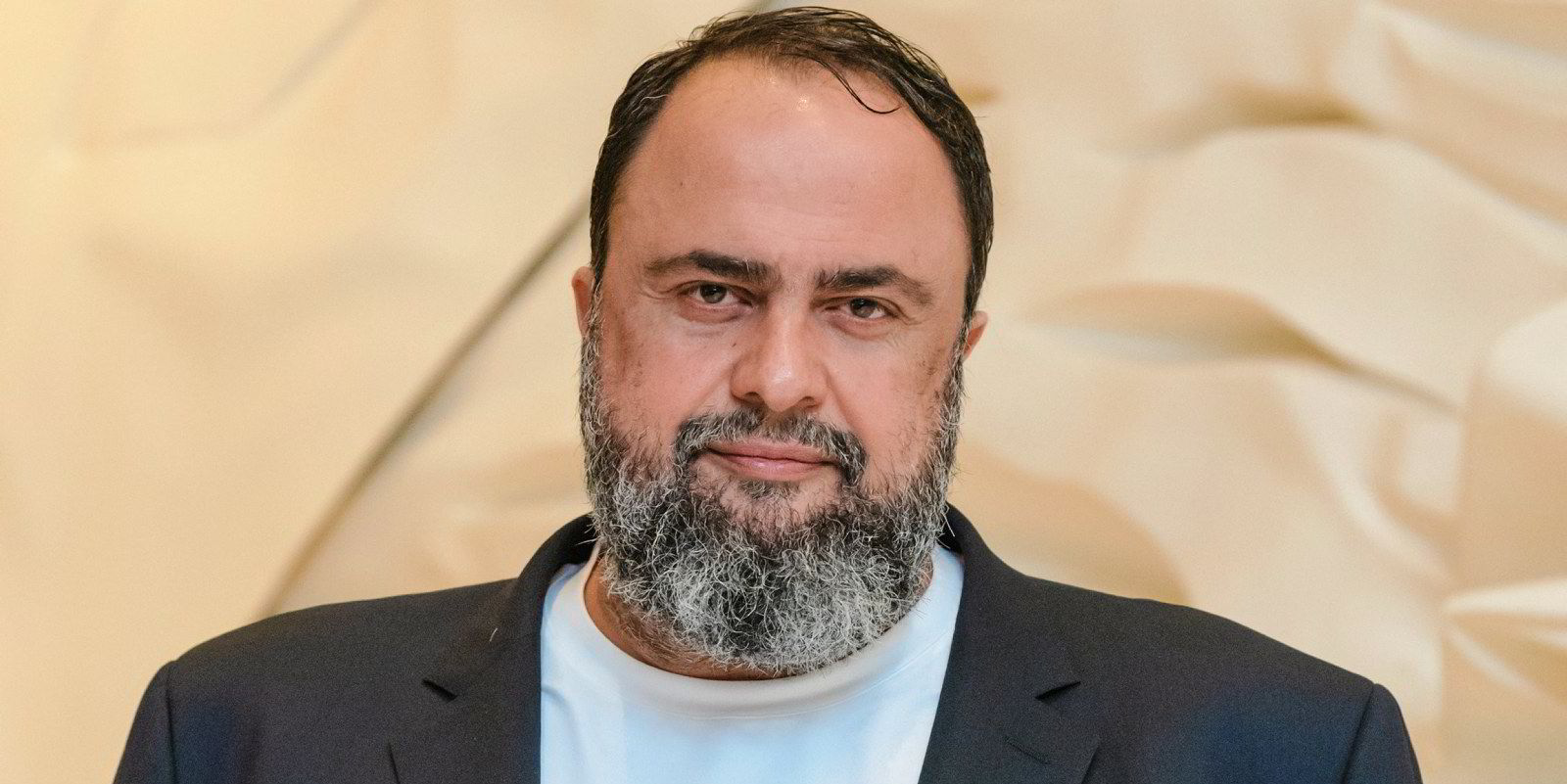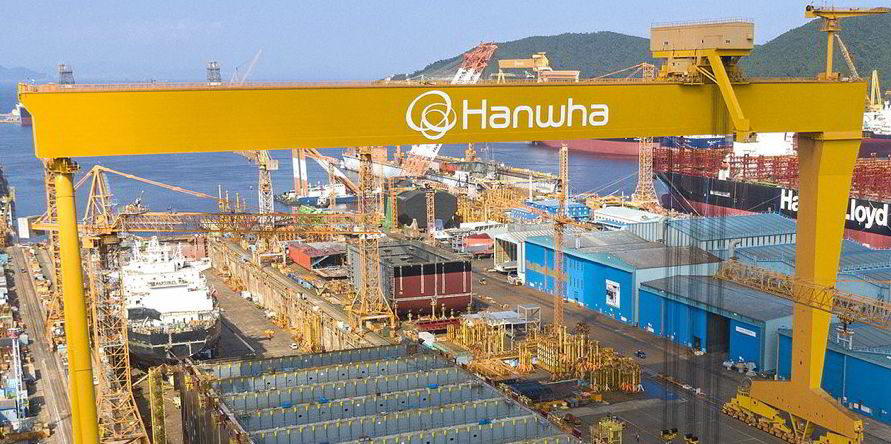Up to 95 vessels need to be ordered to fulfil the needs for the contracted supply of LNG plants under construction, according to French membrane-type cargo containment system designer GTT.
Answering questions in its full-year results briefing, CEO Philippe Berterottiere said he expects there to be around 18 Q-Maxes ordered by Qatar — newbuilding contracts on just eight have been signed to date — but he said this would not affect its estimates of vessels needed.
GTT expects more 200,000-cbm vessels to be ordered in the years to come, which will help cut CO2 emissions.
Berterottiere said the sector’s ageing fleet is another driver for vessel demand.
He said close to 60 vessels are trading that were built before 2000 and nearly 230 steam turbine vessels are in operation burning twice the amount of fuel of modern LNG carriers.
About 60% of ships have cargo boil-off rates that are “significantly higher” than new ships, he added.
Under the pressure of new regulations these ships will have to be replaced, he said, which the company thinks will prompt an acceleration of scrapping. But this has “not really begun” yet.
GTT, which today is celebrating the 10th anniversary of its IPO, upped its long-term estimates for LNG carrier demand over the next 10 years from 400 to more than 450.
It also increased its forecast for floating LNG production vessels from up to five to 10.
Berterottiere said 2023 had proved another bumper year — GTT’s next-highest in orders after 2022, which was its record year.
He highlighted that final investment decisions had been taken on 56m tonnes of new liquefaction capacity.
Berterottiere said a strong start has also been made in 2024, with QatarEnergy announcing at the weekend that it will be moving ahead with a further 16m tonnes per annum expansion plan that will boost its production to 142 mtpa by the end of this decade.
Speaking about new developments, innovation director Jean-Baptiste Boutillier revealed that the company is also working on a 200,000-cbm LNG vessel with slow steaming to reduce CO2 emissions.
This is in addition to a three-tank, 174,000-cbm design that it rolled out in 2023.
Boutillier said GTT is working on its new cargo containment system Next1 and finished tests on this at the end of 2023.
He said GTT is adapting its LNG as a fuel business for VLCCs and pure car/truck carriers.
The company is working on several projects for ammonia for onshore storage and vessel transportation and has secured approval in principle for liquid hydrogen vessels.
It is also developing onboard carbon capture.
Berterottiere said the company hopes to have the system operational by 2025 or 2026. He said GTT is already talking to several shipowners on the new system but would like to demonstrate it first.







